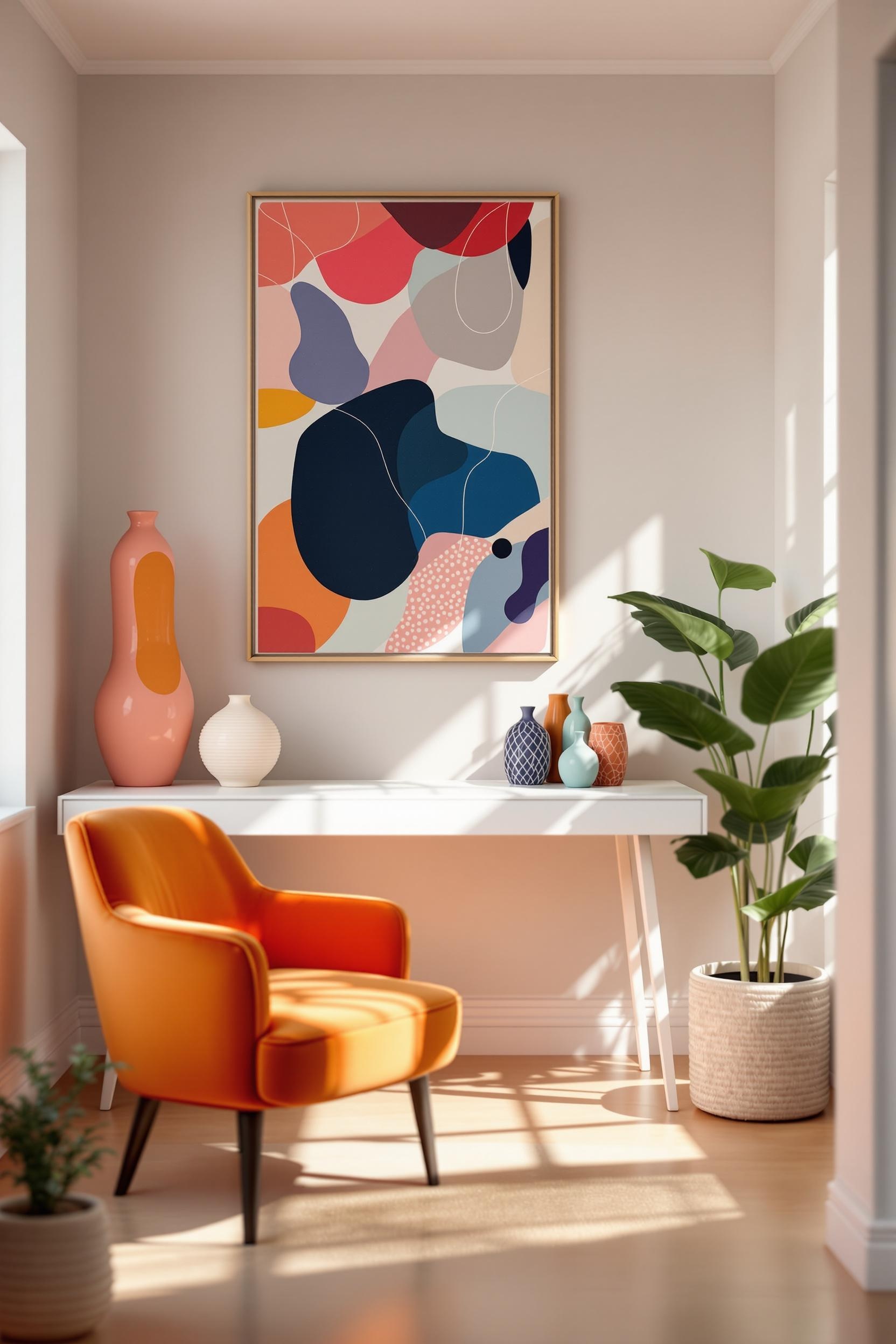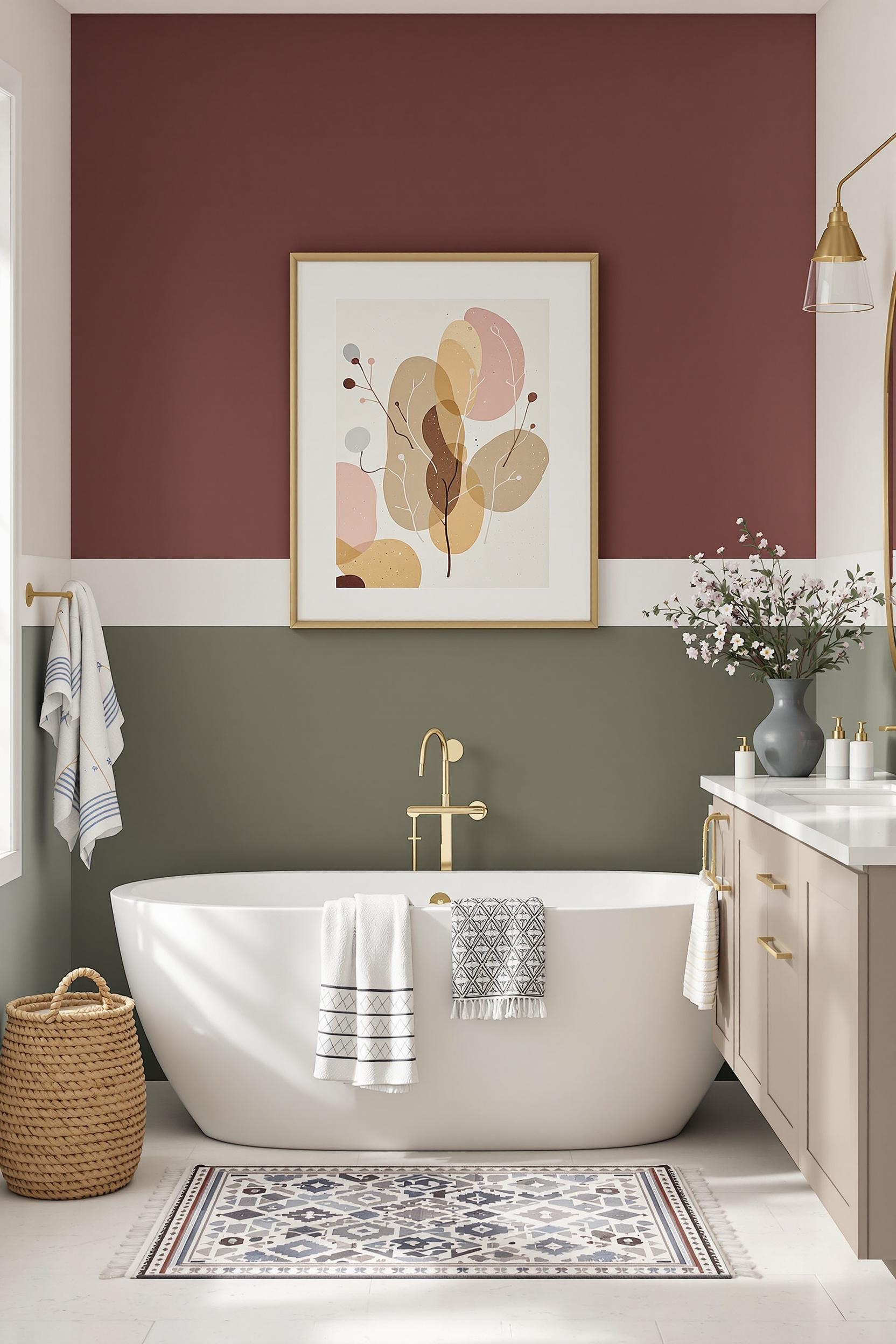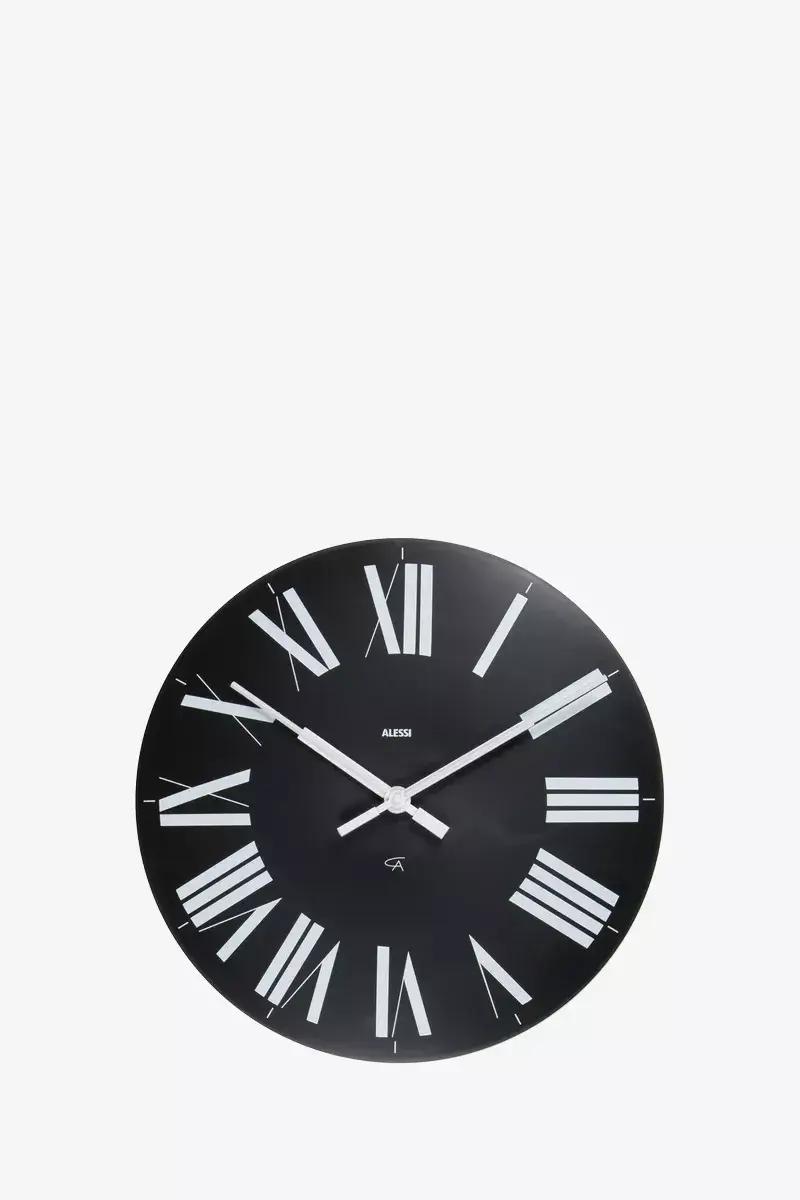
Sculptural Color Elements: Transforming Minimalist Interiors with Bold Beauty and Architectural Storytelling
Have you ever stepped into a room and been instantly drawn to a single, artful creation that seems to command the space quietly yet powerfully? That’s what sculptural color elements do in minimalist interior design. These are not just decorations — they are functional sculptures, packed with emotional and spatial energy. Whether you’re working with a tiny studio or a large open-plan loft, using sculptural color elements for minimalist interiors can redefine your space.
Minimalist homes often favor clean lines, airy layouts, and calm palettes. But I’ve learned that introducing modern color block sculptures—pieces made of concrete, metal, or glass with purposeful splashes of color—can elevate a room from basic to breathtaking. These minimalist sculptural wall panels act like architectural punctuation marks, directing attention and creating a powerful visual language within a serene space.
Geometric Sculptures: Minimalist Design Meets Color Emotion
Connecting form and function is critical in minimalist design. I’ve used color-blocked paint zones and carefully curated furnishings, but sculptural pieces take it further. They introduce a different kind of visual rhythm—one that speaks through curves, angles, and color. A single cobalt-blue concrete structure placed against a white wall becomes an anchor for emotional engagement and color storytelling. A similar idea is explored on transforming mirrors and art using bold wall sculpture frames.
Material Matters: Choosing the Right Sculptural Color Element
When selecting sculptural pieces, material is everything. I often look for steel, concrete, or glass—not just for their sleek finishes, but for the way they play with light and texture. Modern design studies recommend these materials because they maintain clean lines and emphasize form. These elements also reflect light subtly, adding an extra layer of sophistication.
Pairing such pieces with strategic color accents can amplify emotion. A geometric sculpture decor for interiors doesn’t need to be loud. Something as simple as pastel coral or classic yellow at the sculptural base can create significant drama with subtle simplicity. You can even explore soft pastel accents for a more delicate, inviting space.
Sculptural Color for Small Spaces: Thinking Big in Small Rooms
Small rooms don’t mean you have to think small. In fact, adding abstract color sculptures for living room corners or using a sculpture with color blocking to make rooms feel bigger can completely alter your perception of the space. I love using wall-mounted sculptures designed with vertical palettes. They draw the eye upward and stretch the room visually.
An excellent example is layering a yellow sculptural stripe over a gray wall in a narrow hallway. You can create vertical color blocking illusions that increase perceived ceiling height through sculptural forms. This helps sculptural decor act both as ornament and spatial deception master.
Psychological Power of Three-Dimensional Color
Color psychology tells us that bold hues can significantly shift the mood of a room. Sculptural pieces are, in many ways, more emotionally engaging than flat art. They live in your space. A curved crimson structure placed in the center of a neutral living area has the power to uplift, focus, and inspire.
I’ve noticed that color blocking accessories for minimalist design work best when proportion meets psychology. Instead of overwhelming a neutral palette, they introduce harmony. When I used a color-blocked sculptural side table in a recent project, it became the soul of the room—practical and artful.
Human Artistry Meets Architecture
You may not expect a chunky glass sculpture to embody emotion, but it does—especially when paired with strong human-focused design. According to insights shared on sculpture’s role in interiors, the lines of a sculpture, the texture, and the color all interplay with your mind’s sense of order and creativity. Ornamental sculpture, particularly in minimalist homes, balances rigidity with warmth.
Strategically Balancing Sculptural Color in Rooms
What makes a color block wall art minimalist?
– It should create a focal point
– It harmonizes with the existing palette
– It reflects light or texture
– It is deliberately stationed for symmetry
You don’t have to go grand. Even small sculptural color centerpieces for homes, especially ones positioned as headboard art or on minimalist bookshelves, can offer huge impact. Explore bedroom sculptural statements and consider curved sculptures to soften the room’s geometric rigidity.
Color Block Sculptures as Focal Furniture
If your sculpture can function as a table or bookshelf, even better. Color block furniture with sculptural elements is rising in popularity because it combines utility and aesthetics. From modern powder-coated metal tables to accent benches with embedded color stories, furniture now acts as elevated sculptural storytelling. See how minimalist furniture meets color form in this guide.
Embrace Texture: Enhance Minimalist Narrative
Flat surfaces do not mean flat stories. I often pair texture and color in sculptural design to give rooms emotional and spatial weight. A matte sculpture with an ombré wash—like teal fading to slate—can provide warmth, especially when wall paint and floors are flat and polished. Learn how texture with color can completely transform a minimalist home.
Elevate Your Space: Transform Design with Sculptural Color Magic
Unlock Your Design Potential: Free Expert Guidance Awaits
In the world of minimalist design, sculptural color elements are more than just decorative pieces – they’re transformative design tools. As we explored the world of color blocking and three-dimensional art, I invite you to dive deeper into this revolution.
Design Revolution: Your Personal Transformation Starts Now
Research shows only 11.3% of minimalist homes implement bold sculptural color schemes. It’s your chance to stand out and explore these sophisticated elements.
- Get expert ideas for sculptural color elements
- Access minimalist color blocking strategies
- Understand spatial and emotional design psychology
The newsletter shares methods for using three dimensional color art for interiors to create balanced, creative stunning spaces. These insights can help you build a minimal home with artistic intention.
Your Design Transformation Toolkit: Free Resources Await
You don’t need a design degree to master sculptural pieces. Our newsletter offers:
- Monthly guides on color zoning and sculpture usage
- Behind-the-scenes interviews with interior experts
- Timely strategies for minimalist sculptural balance
Frequently Asked Questions: Sculptural Color Elements in Minimalist Design
FAQs: Mastering Sculptural Color Elements in Interior Design
- What Are Sculptural Color Elements in Minimalist Design?
They are three-dimensional wall or floor pieces that serve as focal points, structure, or storytelling objects. Read more on sculptural placement strategy. - How Do I Choose the Right Sculptural Color Element?
Start with your material—glass, metal, or concrete. Then look at your color palette and use a bold accent that brings emotion without overwhelming. Here’s more on selecting pieces. - Can Sculptural Color Elements Work in Small Rooms?
Yes! Small color-blocked sculptures on walls, shelves, or as floor decor elevate tight spaces. Use vertical or symmetrical positioning. Find tips here. - What Psychological Impact Do Sculptural Color Elements Have?
They influence mood, spark creativity, and reshape room perception. Learn more in this study. - How Often Should I Change These Sculptures?
You don’t need to update often. Choose timeless pieces with clean shapes and flexible colors. They adapt easily to evolving styles. See long-lasting minimalist trends.
Ready to Get Started?
Sculptural color elements are more than accents. They’re statement pieces, functional art, and mood-setters all at once. From geometric sculpture decor to minimalist color blocking wall art, your space is a story waiting to be told—one sculpture at a time.
Subscribe for more design tips, case studies, and expert methods to master sculptural color for minimalist homes.






